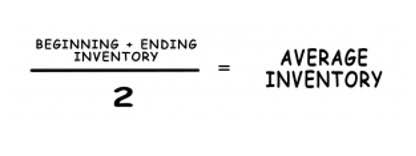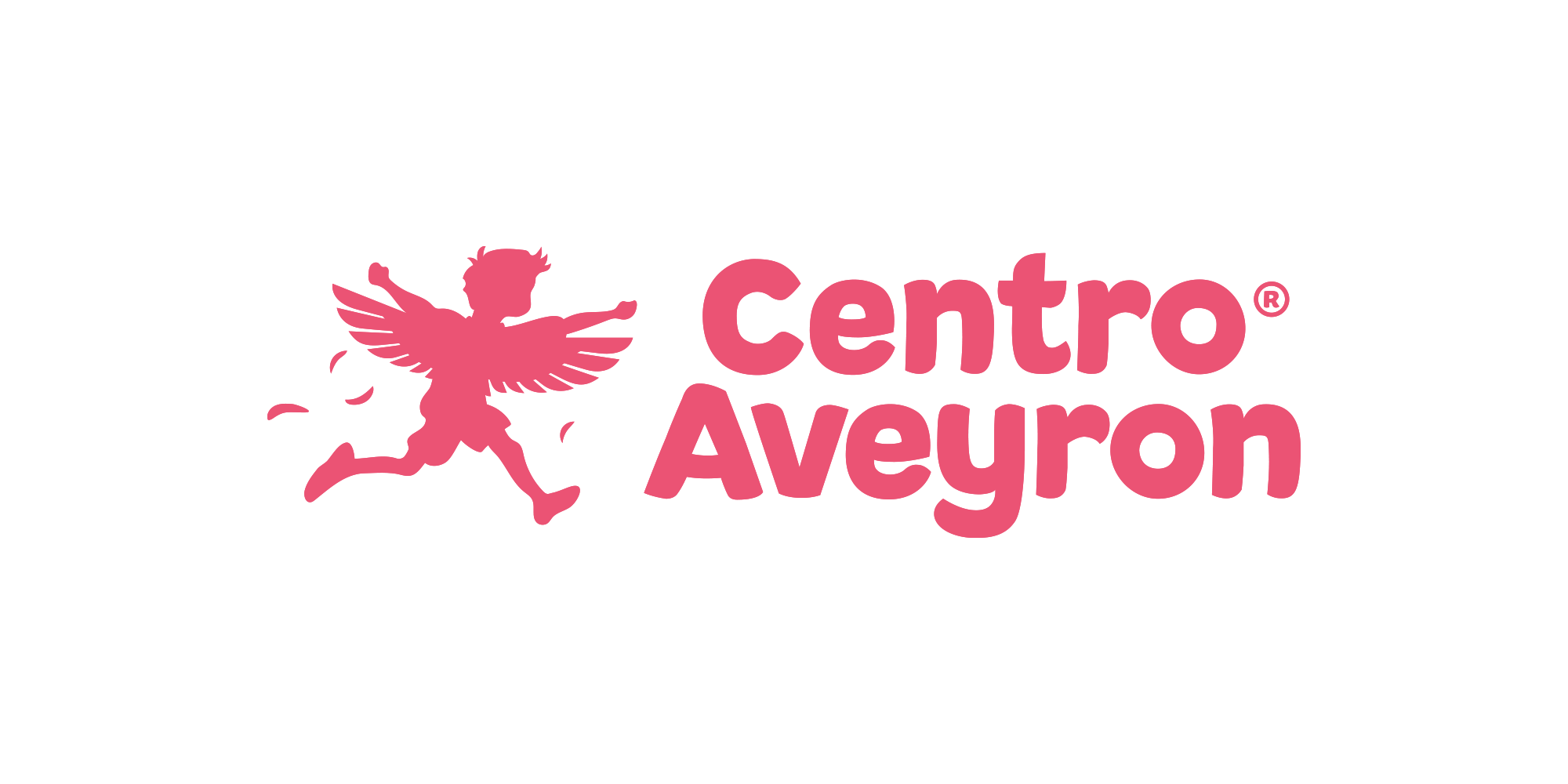
This straightforward calculation allows you to quickly determine your COGS based on your most recent inventory costs. The ending inventory you record at the end of each fiscal year becomes your beginning inventory for the following year. Accurate calculations set your business up https://www.instagram.com/bookstime_inc for success by providing a solid foundation for future financial reporting.
Last In, First Out (LIFO) Method Problem and Solution FAQs
In the table above, we’ve labeled each purchase order as a LIFO layer to help you see which entries apply to your COGS. Since the LIFO method depends on applying the most recent costs first, you would start with LIFO layer 4, then move on to LIFO layer 3. There are three other valuation methods that small businesses typically use. Since most retailers are looking to sell their oldest stock first, the LIFO method is unintuitive. But in some cases, it can make your business look more profitable or be a better representation of how your business operates.
Limitations of LIFO and the Calculator
A company generates the same amount of income and profits regardless of whether they use FIFO or LIFO, but the different valuation methods lead to different numbers on the books. This can make it appear that a company is generating higher profits under FIFO than if it used LIFO. For example, if you sold 15 units, you would multiply that amount by the cost of your oldest inventory. Using the FIFO inventory method, this would give you your Cost of Goods Sold for those 15 units.

How to calculate ending inventory by LIFO

We would do the entry on that https://www.bookstime.com/ date, which means we only have the information from January 7th and earlier. We do not know what happens for the rest of the month because it has not happened yet. Ignore all the other information and just focus on the information we have from January 1st to January 7th. The LIFO method can also shoot you in the foot if you need to apply for funding or business credit.
- Since we’re using the last in, first out method, we used the most recent LIFO layer first (LIFO layer 4).
- Instead, you value each group of items as a whole using one of the following methods.
- It means that recently purchased goods are expected to be expensed first or transferred to the COGS.
- A LIFO periodic system finds the value of ending inventory by matching the cost of the earliest purchase of the accounting period to the units of ending inventory.
- However, the total cost of goods sold ($220,000) reflects the most current costs for running the business.
It helps identify overstocked items and areas where you can reduce excess products to save money. In our last transaction above, we withdraw inventory costs from three different layers. The remaining layer from January 5 is only 30 units so we get all of the 30 units and proceed to the last LIFO layer for the remaining 20 units.

FIFO and LIFO have different impacts on inventory management and inventory valuation. lifo calculation In most cases, businesses will choose an inventory valuation method that matches their real inventory flow. Thus, businesses that choose FIFO will try to sell their oldest products first. We’ll explore the differences between FIFO and LIFO inventory valuation methods and their relationship to inventory valuation, inflation, reporting, and taxes. We’ll also examine their advantages and disadvantages to help you find the best fit for your small business.

Comentarios recientes